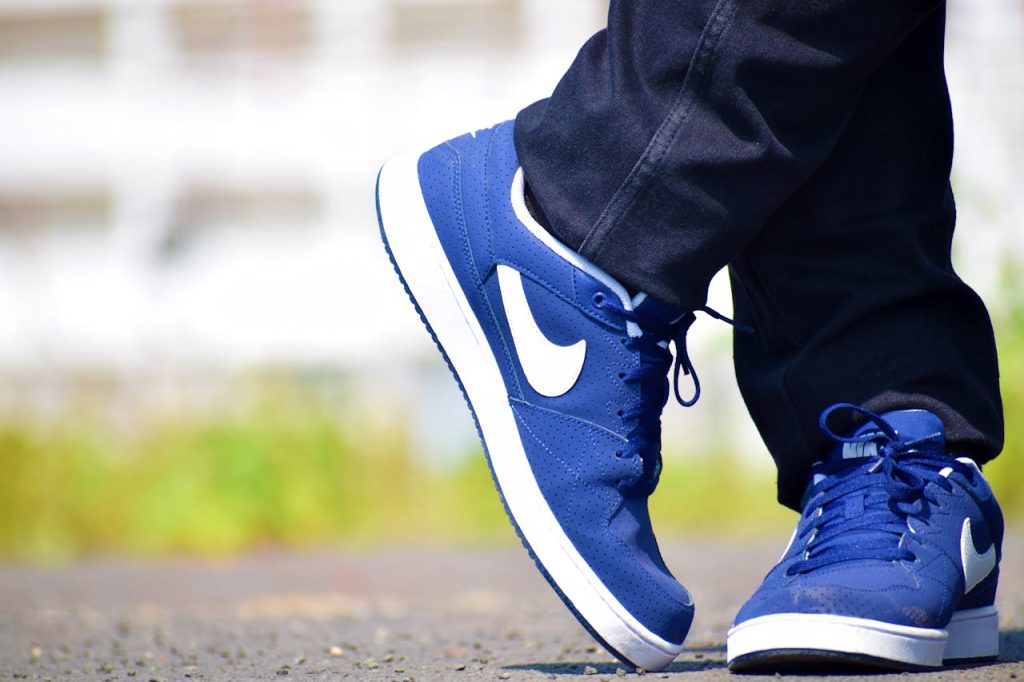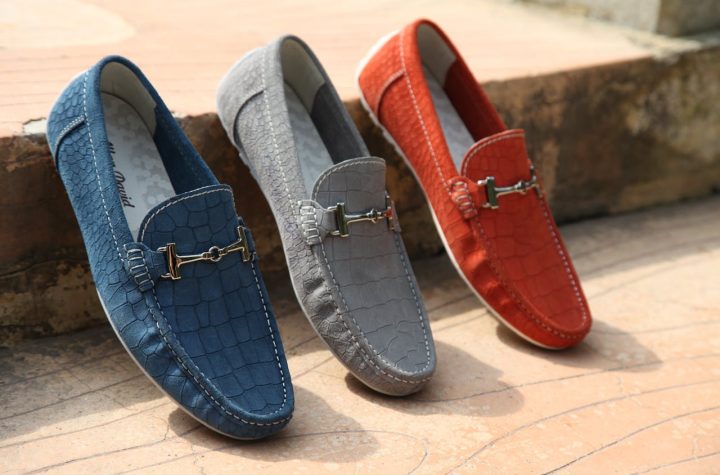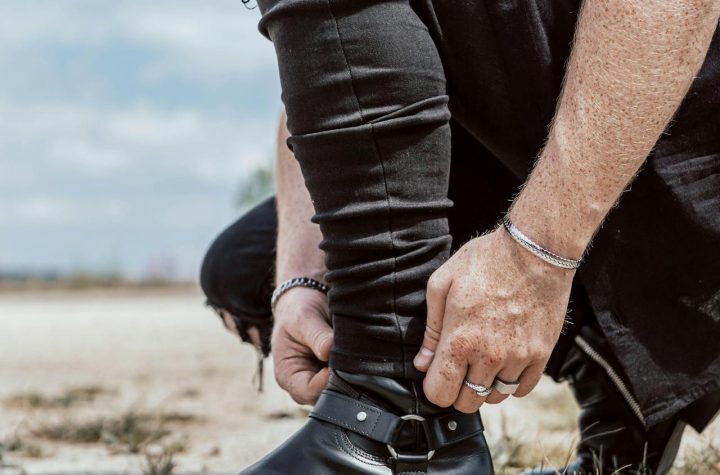
When you lace up your hiking shoes, do you wonder how many miles they’ll last? Hiking footwear is crucial for comfort and performance, yet with so many choices, finding the right fit can be tough. Whether you’re navigating rocky trails or meandering through serene forests, knowing your shoe’s mileage can make all the difference. Let’s explore everything from hiking footwear basics to seasonal choices for your adventures.
Understanding Your Hiking Footwear
Hiking footwear isn’t just a trendy accessory; it’s essential for your outdoor experience. The right shoes offer support, traction, and comfort on rough terrain. Recognizing the different types can help you choose wisely.
Most hikers choose hiking shoes or boots designed for various conditions, featuring sturdy soles, ankle support, and waterproof materials. Each element helps protect your feet from nature’s elements.
Trail runners have also gained popularity; they’re lightweight and flexible but may lack the rigidity needed for rugged hikes. Knowing what you need will guide you to the footwear that enhances each step of your outdoor adventure.
Hiking Shoes vs. Trail Running Shoes
Though hiking shoes and trail running shoes might look similar, they serve different purposes. Hiking shoes are built for stability and support on rugged terrain with a stiffer sole to handle uneven surfaces, offering more protection for your feet.
Trail running shoes prioritize a lightweight design and flexibility, allowing quick movement over trails but often lacking the ankle support found in hiking footwear. This makes them less suitable for extensive hikes with heavy packs.
Choosing between these types depends largely on your planned activities. For long treks with heavier gear, hiking shoes might be the better choice. For faster-paced adventures or short runs on trails, consider trail runners instead.
What You Really Need in Hiking Footwear
Picking the right hiking footwear is essential for a comfortable trail experience. First, prioritize fit. Your shoes should hug your foot without tightness or discomfort, preventing blisters and enhancing stability.
Next, consider traction. Look for outsoles with deep lugs that can grip varied terrains, from rocky paths to muddy trails, providing confidence in every step.
Don’t overlook breathability and waterproofing based on your needs. If hiking in wet conditions, choose waterproof shoes to keep your feet dry. Conversely, if trekking in hot climates, breathable mesh materials will maintain comfort on long hikes.
Trail Runners vs. Hiking Boots
Trail runners are designed for speed and agility on varied terrain. They’re lightweight, allowing quick movements and reducing fatigue during long hikes. The breathable materials help keep your feet cool, ideal for warmer weather.
Hiking boots, on the other hand, offer superior ankle support and durability. Built with tougher materials, they withstand rugged conditions better than trail runners, providing crucial protection on rocky paths or uneven ground.
The choice between them often comes down to personal preference and hiking style. If your adventures involve fast-paced trails or running segments, trail runners may be ideal. For longer treks with heavy loads or challenging terrains, hiking boots might be the better option for stability and comfort.
Choosing the Right Footwear for Your Needs
Selecting the right footwear for your hiking adventures is crucial. Consider the terrain you’ll be navigating. Rocky trails demand sturdy shoes with good ankle support, while smooth paths might allow for lighter options.
Next, think about your personal comfort preferences. Some hikers prefer extra cushioning, while others opt for a minimalist feel promoting natural foot movement. It’s essential to try on different styles and brands to find the best fit.
Consider seasonal variations. Waterproof shoes are ideal for wet or wintery conditions, while breathable materials work well in warmer months. Always prioritize functionality based on where you plan to hike!
Best Footwear Options for Different Seasons
For seasonal hiking, choosing the right footwear is key. In spring and summer, lightweight hiking shoes or trail runners are ideal, providing breathability and comfort in warmer weather while offering sufficient grip on varied terrains.
As fall approaches, consider waterproof options like mid-cut hiking boots. These boots keep your feet dry during rain and cool temperatures, providing insulation against chilly winds.
In winter, insulated waterproof boots are a must-have. Look for designs with good traction to safely navigate icy trails. Proper warmth and stability will help you tackle snowy landscapes without compromising comfort or safety during hikes.
Factors to Consider in Choosing Hiking Shoes
Choosing the right hiking shoes involves several key factors. First, consider the terrain you’ll be tackling. Rocky paths may require sturdier footwear with more traction, while smooth trails could allow for lighter options.
Fit is another important aspect. A well-fitting shoe reduces blisters and discomfort on long hikes. Make sure to try shoes in person, preferably at the end of the day when your feet are slightly swollen.
Weight is also crucial. Heavier boots provide support but can tire you out faster on longer treks. Lighter shoes increase agility but may lack some protection and cushioning needed for rugged routes.
Pros and Cons of Trail Running Shoes
Trail running shoes are designed for speed and agility on rugged terrain. They’re lightweight, which can enhance your performance during long hikes or runs. The breathable materials help keep your feet cool and comfortable.
However, trail runners may lack the support needed for extended hiking trips. While they offer traction, they don’t always provide the same level of stability as traditional hiking boots, potentially leading to discomfort with a heavy pack on uneven ground.
Durability is also a concern. Trail running shoes generally wear out faster than hiking boots due to their lighter build and softer soles. If you frequently hike rough paths, this could affect how much mileage you get before needing a replacement pair.
Pros and Cons of Hiking Shoes
When considering hiking shoes, it’s essential to weigh their pros and cons.
Hiking shoes provide excellent support, with stiffer soles handling rugged terrains without compromising comfort. Their construction tends to offer better ankle protection than lighter options, a crucial factor on challenging trails. Additionally, many hiking shoes come with waterproof materials, keeping your feet dry in wet conditions.
On the downside, they can be bulkier and heavier compared to trail runners, potentially leading to fatigue during long hikes. Some hikers also find them less breathable in warm weather scenarios.
The choice between hiking shoes and other footwear depends on your specific needs and preferences. Assessing how much mileage you expect from these options will guide you toward making the right decision for your adventures ahead.

I am passionate about digital finance and online entertainment, with years of experience in the world of cryptocurrencies, sports betting, and casino gaming. My mission is to provide readers with reliable information to help them make informed decisions in the realms of online gambling and digital investments. On this blog, I share the latest trends, platform reviews, and tips on safety and responsible gaming.




More Stories
How to Clean Patent Leather Shoes
What shoes to wear with grey suit?�
What color shoes to wear with a gray suit?